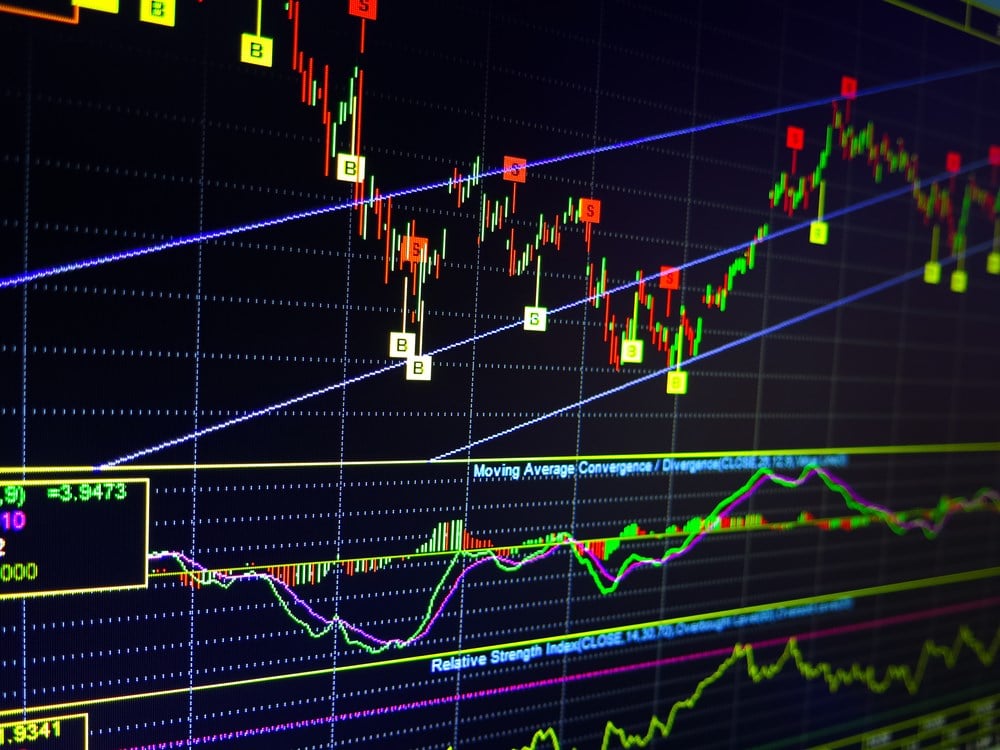Introduction
In the dynamic world of finance, understanding the language of the stock market is essential for any investor. One key tool that traders employ to make informed decisions is technical analysis. In this article, we’ll delve into the technical analysis of stocks and explore the definition of trends to help demystify this crucial aspect of financial analysis.
Technical Analysis of Stocks and Trends Definition
Contents

What is Technical Analysis?

Technical analysis is a methodology employed by traders and investors to assess and predict future price movements of stocks. Unlike fundamental analysis, which scrutinizes a company’s financial health, technical analysis relies on historical price data and trading volume to identify trends and patterns.(Technical Analysis of Stocks and Trends Definition)
Key Components of Technical Analysis:
(Technical Analysis of Stocks and Trends Definition)
- Price Charts: Imagine a graph that shows the ups and downs of a stock’s price over time – that’s a price chart. There are different types, like line charts and candlestick charts, helping us see patterns in the stock’s journey.
- Trends: Trends are like the story of the stock’s movement. Is it going up (bullish), down (bearish), or staying in the same range? Recognizing trends is crucial for making smart decisions about buying or selling stocks.
- Support and Resistance: Think of support as a safety net – a level where the stock often stops falling because many people want to buy it at that price. On the flip side, resistance is like a barrier where the stock struggles to go higher because many people want to sell it.
Understanding Trends:
(Technical Analysis of Stocks and Trends Definition)
Now, let’s get into trends, the heart of technical analysis:
- Uptrend (Bullish): When a stock is in an uptrend, it means it’s going up. Picture stepping stones going higher and higher. This suggests positivity, with more people wanting to buy the stock.
- Downtrend (Bearish): On the other hand, a downtrend is like stepping stones going lower and lower. This signals negativity, with more people wanting to sell the stock.
- Sideways Trend: Sometimes, a stock moves like a car parked in the same spot. It’s not going up or down much – this is a sideways trend. Traders watch for a breakthrough to predict where the stock might go next.
- Trend Following:
- Description: This method involves identifying and following prevailing trends in stock prices. Traders using trend following techniques aim to ride the momentum of the market.
- Indicators: Moving averages, trendlines, and trend channels.
- Support and Resistance:
- Description: Support and resistance levels are price levels where a stock often stops moving in a certain direction. Traders use these levels to make decisions about buying or selling.
- Indicators: Horizontal lines, trendlines, pivot points.
- Candlestick Patterns:
- Description: Candlestick charts display the open, close, high, and low prices for each period. Traders analyze patterns formed by candlesticks to predict future price movements.
- Indicators: Doji, Engulfing Patterns, Hammer, Shooting Star.
- Momentum Indicators:
- Description: Momentum indicators measure the rate of price change and help identify overbought or oversold conditions in the market.
- Indicators: Relative Strength Index (RSI), Moving Average Convergence Divergence (MACD), Stochastic Oscillator.
- Chart Patterns:
- Description: Traders analyze price charts for recognizable patterns that often repeat and may indicate future price movements.
- Indicators: Head and Shoulders, Double Tops and Bottoms, Triangles.
- Fibonacci Retracement:
- Description: Based on the Fibonacci sequence, this method involves identifying potential reversal levels by plotting horizontal lines at key Fibonacci levels.
- Indicators: Fibonacci retracement levels.
- Volume Analysis:
- Description: Traders analyze the volume of shares traded to confirm the strength of a price movement. Volume can provide insights into the legitimacy of a trend.
- Indicators: On-Balance Volume (OBV), Volume Profile.
- Ichimoku Cloud:
- Description: A comprehensive indicator that provides information about support and resistance levels, trend direction, and momentum all in one chart.
- Indicators: Cloud, Tenkan-sen, Kijun-sen.
- Historical Patterns and Trends:
- Technical analysis relies on historical price data, patterns, and trends. Traders believe that historical price movements tend to repeat, allowing them to anticipate future price direction.
- Tools for Decision-Making:
- Technical analysis provides traders with various tools, such as charts, indicators, and patterns, to analyze price movements and make trading decisions.
- Timing Entry and Exit Points:
- Traders often use technical analysis to time their entry and exit points in the market. Indicators and chart patterns can be used to identify potential trends, reversals, or breakout points.
- Risk Management:
- Technical analysis can aid in risk management by helping traders set stop-loss orders, identify support and resistance levels, and assess the potential risk/reward ratio for a trade.
- Psychological Factors:
- Technical analysis takes into account market psychology and the behavior of market participants. Understanding these factors can be valuable in predicting potential price movements.
- Limitations and Criticisms:
- Critics argue that technical analysis is based on historical data, and past performance does not guarantee future results. Some view it as more of an art than a science, subject to interpretation and personal biases.
- Combining with Fundamental Analysis:
- Many successful traders use a combination of technical and fundamental analysis to make well-informed decisions. Fundamental analysis examines a company’s financial health and market conditions, complementing the price-based analysis of technical analysis.
- Adaptation to Market Conditions:
- Traders need to be adaptable as market conditions change. What works in a trending market may not be as effective in a sideways or volatile market. Flexibility in strategy is crucial.
- Continuous Learning:
- Success in technical analysis often requires continuous learning and staying updated on market trends, news, and developments. Markets evolve, and effective traders adapt accordingly.(Technical Analysis of Stocks and Trends Definition)
conclusion
Also Read.
How To Make 1Lac Per Day From The Share Market?






1 thought on “Technical Analysis of Stocks and Trends Definition”